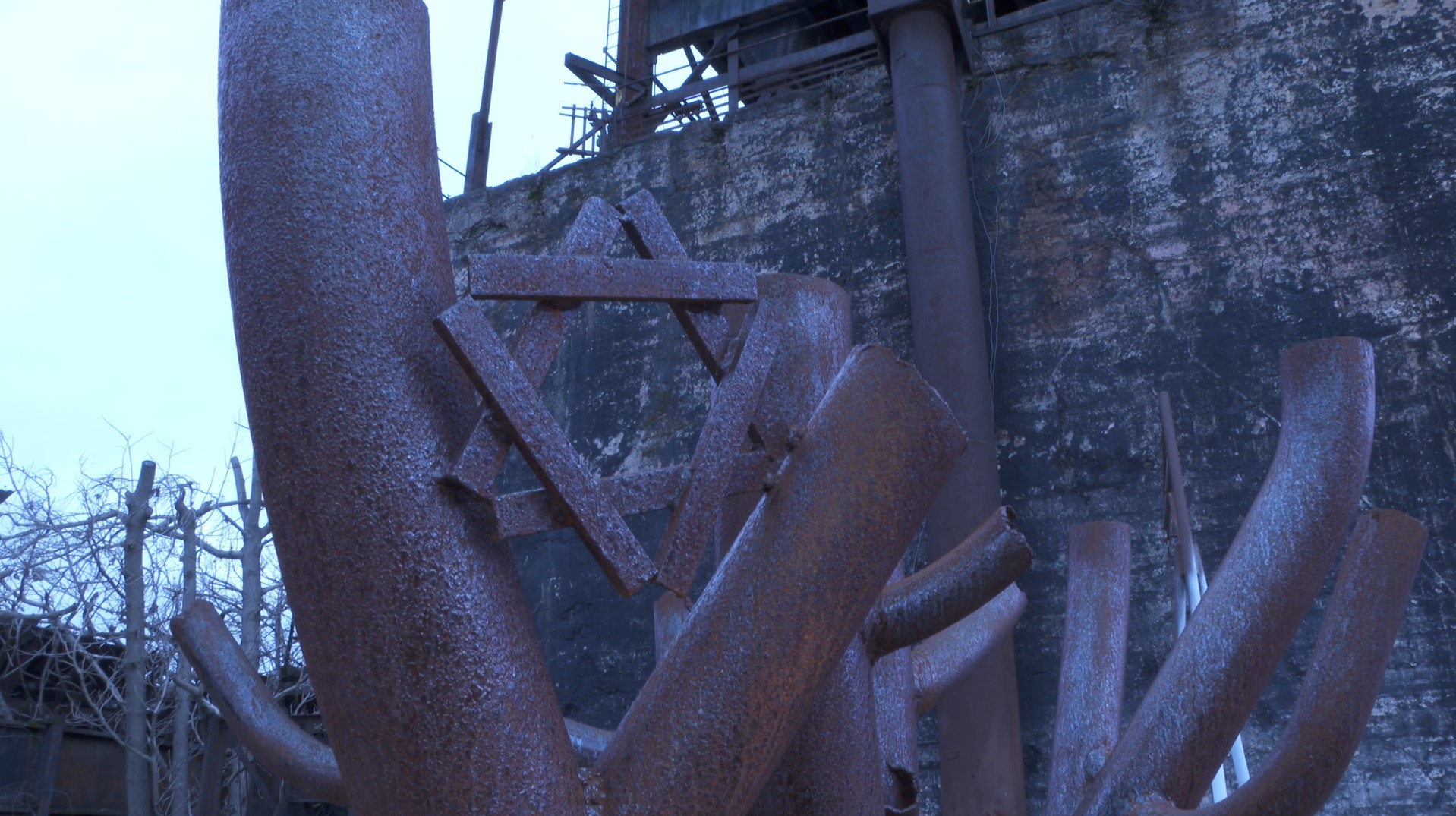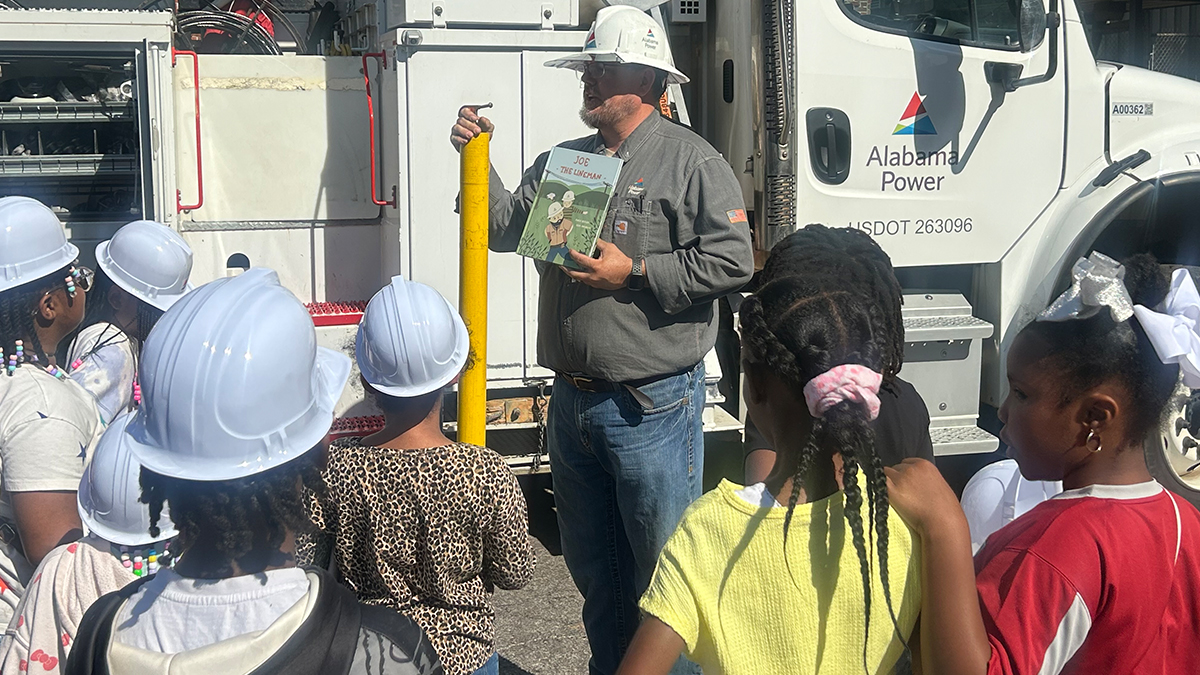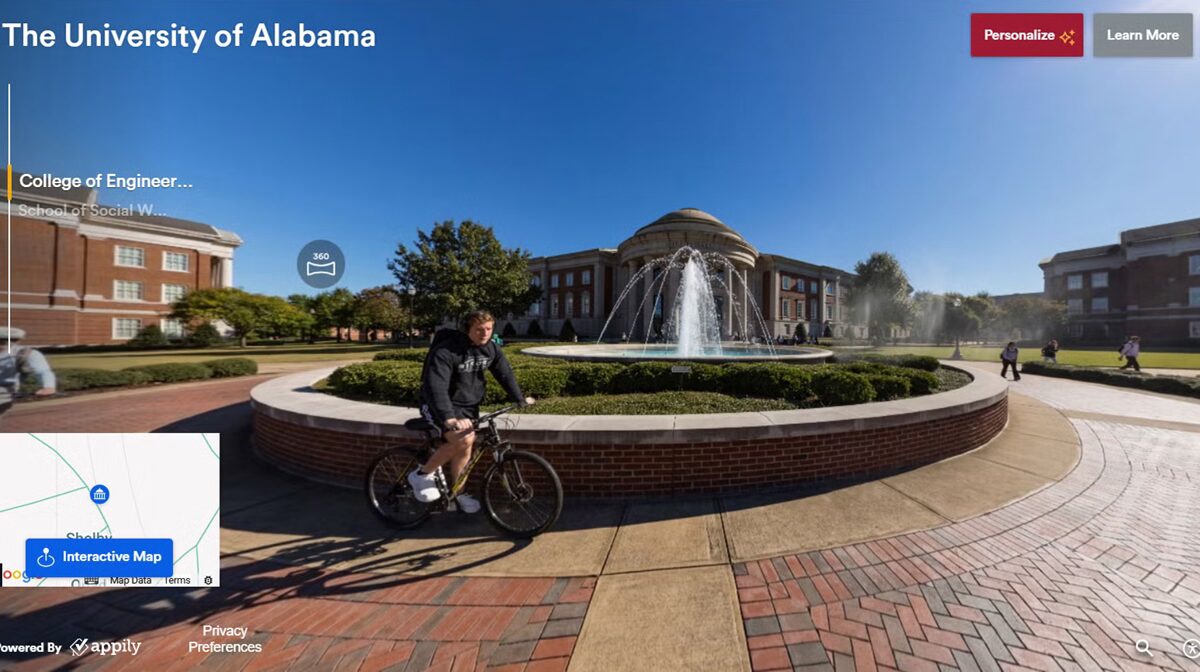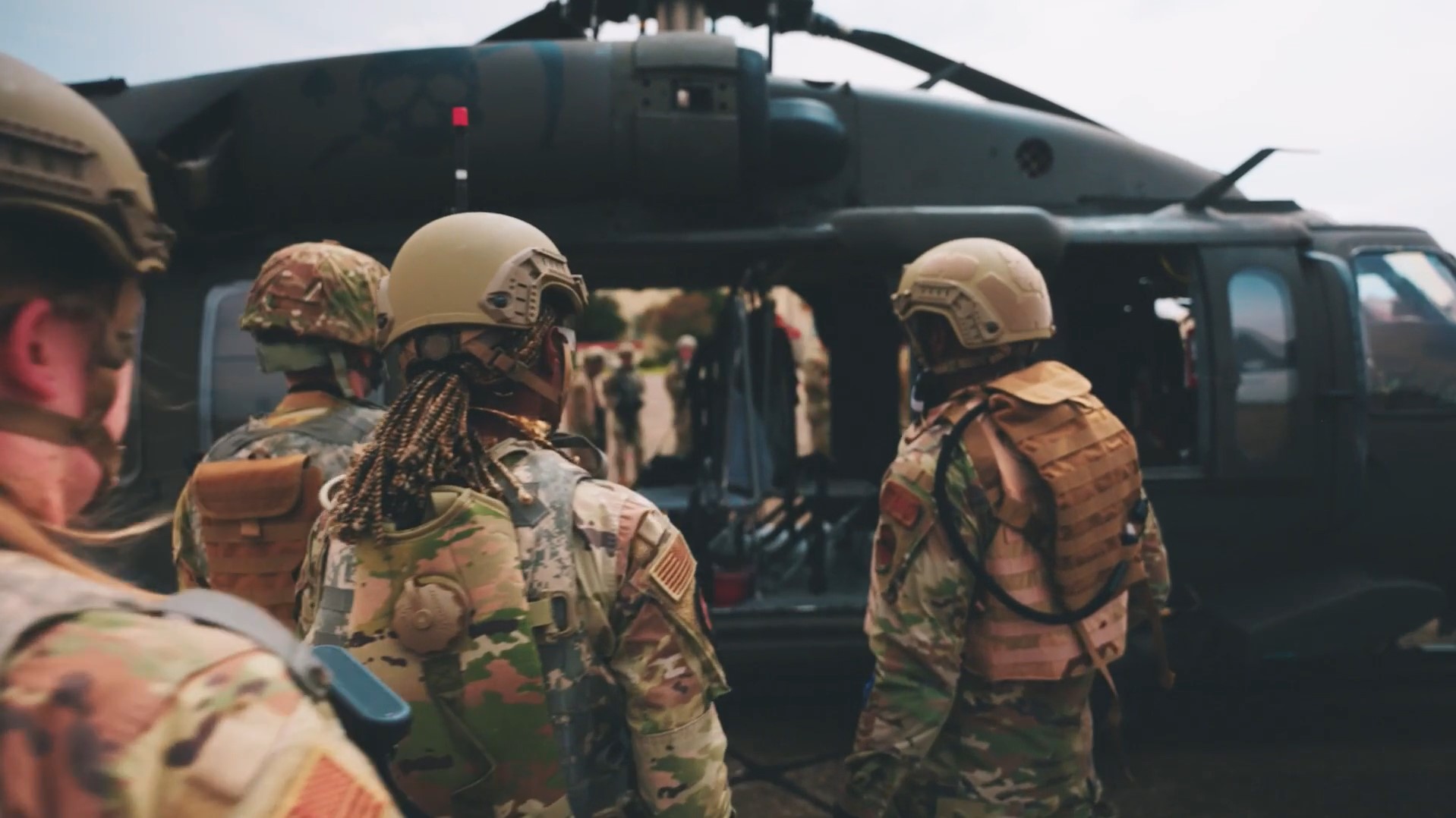Effort underway to create gallery for UAB’s ‘world class’ historical collections

UAB holds a world-class collection of artifacts, focused on the history of health sciences, including what is believed to be the first printed image of an amputation, dated 1517. Plans are in the works to create a new gallery to display some of them and provide researchers and students improved access to the collection. (University of Alabama at Birmingham)
What do our nation’s first president, the founder of modern nursing, the father of modern science and the midnight rider who alerted Colonial militiamen of British soldiers approaching at the start of the Revolutionary War have in common?
Writings by George Washington, Florence Nightingale, Sir Isaac Newton and Paul Revere belong to the University of Alabama at Birmingham’s Historical Collections.
If you knew the answer, go to the head of the class. If not, the collections staff wants to help you understand just how special their collections are.
First, a little more about contributions to the collections from Washington, Nightingale, Newton and Revere:
- Two letters written by Washington, and one by his wife, Martha, to dentists about false teeth. In an April 11, 1783, letter to a Dr. Baker, Washington asks for some plaster of Paris “with which you take (in wax) the model for your false teeth – and directions how to mix and make use of it – When you have done this, I can then give you such a model as will enable you to furnish me with what I want.” Contrary to popular belief, those teeth were not made of wood.
- Almost five dozen letters from Nightingale, many of which highlight the lack of sanitation and healthy living conditions as triggers for the spread of infectious diseases and high death rates in India in the late 1800s. Other letters in the collection focus on her role in the Crimean War (1854-56), in which Nightingale and a team of nurses brought nutritious food, cleanliness and sanitation to an English war camp hospital, dramatically decreasing soldiers’ death rate and turning her into a national hero.
- A rare first edition of Newton’s pioneering “Principia,” in which he laid out his theory of gravity and his three laws of motion that undergird modern physics and astronomy.
- An Aug. 13, 1770, advertisement in the Boston Gazette from Revere, well known as a silversmith but lesser known as a dentist. Revere thanks his dental customers and says he can fix teeth “as well as any Surgeon-Dentist who ever came from London.”
Tens of thousands of rarities
These gems are just a smattering from the collections trove, which includes tens of thousands of rare and valuable books, manuscripts and other documents, artifacts and objects, most of them related to medicine and science.
The staff doesn’t know of any historical collections rankings, such as what U.S. News & World Report does with colleges and universities. But they say with pride that the treasures – housed in the Reynolds-Finley Historical Library, the Alabama Museum of the Health Sciences and the UAB Archives – are world class.
“The easy common denominator for me would be from the health sciences perspective,” says Tim Pennycuff, university archivist at UAB Archives. “Look at our academic medical center and what we have in Birmingham is world renowned.
“Your local physician … may have never read any of this stuff, but he or she has the knowledge that came from all of this material.”
The Historical Collections Gallery
UAB Libraries Dean Kasia Gonnerman is leading the effort to bring more attention to the crown jewel of UAB’s library system. Gonnerman is pushing for a Historical Collections Gallery “to showcase, promote and celebrate the richness and depth of the UAB Historical Collections, and to champion their educational, research and scholarly applications.”
The gallery, projected to cost $500,000, will bolster exhibition space, which Gonnerman says currently allows only a fraction of the collections to be displayed. The gallery will be on the second floor of the Lister Hill Library of Health Sciences. A room on the library’s first floor now used for exhibition space can be converted to a space for classes, lectures and events.
Gonnerman has been working with UAB’s Office of Development to find a donor to help with costs. She recently announced that retired Dr. Dennis Pappas Sr. and his son Dr. Dennis G. Pappas Jr. have committed to becoming the gallery’s naming donor, pending approval by the University of Alabama System board of trustees.
Both doctors specialize in otolaryngology, the medical specialty focused on the ears, nose and throat. Pappas Sr. retired five years ago after practicing in Birmingham for almost six decades. His son continues to practice in Birmingham.
“I’m so thrilled to have found the naming donor for this space, which will be so transformative for the UAB Historical Collections,” Gonnerman says. “And I’m absolutely delighted that the gallery will bear the Pappas name because Dr. Pappas Sr. has been such a staunch and steadfast supporter, mentor and advocate over the years.”
Pappas Sr. has donated to the collections more than 400 rare books and pamphlets as well as many artifacts related to the history of otolaryngology.
“I had displays at my office all those years, and my purpose was to help people understand through artifacts something about medicine,” he says. “Hopefully, through displays of diagnostic and therapeutic tools, the new gallery can teach the lay public how the body works, the ongoing effort to identify diseases and to bring about cures.”
Worldwide attention
While UAB’s collections contain items from many well-known people throughout history, it is the books by those whose names may be unfamiliar to most people outside of the medical and science communities that bring worldwide attention.
Among them:
- A first edition of “De motu cordis” (“The Motion of the Heart”), published in 1628 by William Harvey, in which he announced his proof that heartbeats cause the circulation of blood. At the time, doctors believed blood was created by the transformation of food in the liver and absorbed by the organs. There are fewer than 70 known copies in existence, according to UAB’s special collections website, which refers to it as “arguably the most important work in medical history.”
- Andreas Vesalius’ “De Humani Corporis Fabrica” (“On the Fabric of the Human Body”), from 1543, is considered one of the world’s most famous medical textbooks. “De Fabrica,” as it is known, presented highly detailed, far more accurate illustrations of human anatomy, based on Vesalius’ dissections of corpses.
- “Hortus Sanitatis” (“The Garden of Health”), published in 1497, is one of the most important illustrated works of natural science from the Middle Ages, with more than 1,000 hand-painted woodcuts of all the plants, animals, gems and stones known at the time. The book also includes illustrations of mythical creatures.
- Hans von Gersdorff’s “Feldtbuch der Wundartzney” (“Fieldbook of Surgery”), published in 1517. The book includes illustrations of Renaissance surgical procedures among its instructions on caring for and treating the wounded. “We get requests from all over the world to use these illustrations in publications, because this book is very famous, not just for its content,” says Peggy Balch, curator of the Reynolds-Finley library. “It’s one of the most beautiful copies, because it’s all been hand-painted and really well done.”
- “De Medicina” (“On Medicine”), published in 1478, was the first printed version of the medical treatise by Aulus Cornelius Celsus, a Roman philosopher and physician who died in 50 A.D.
Reynolds-Finley Historical Library
The story of how these extraordinary books and thousands of others came to UAB starts in Ozark, Alabama. Dr. Lawrence Reynolds was born there in 1889, into a family with a long line of physicians.
“His father was actually blind,” Balch says. When Reynolds was young, he’d make house calls with his physician father by horse and buggy “and read old medical books to him. … That is where he got his love of the history of medicine and rare medical texts.”
Reynolds earned a bachelor’s degree from the University of Alabama in 1912 and left the state to attend medical school at Johns Hopkins University in Baltimore. He began collecting books important to the history of medicine and started collecting rare books in Detroit, where he was a radiologist until his death in 1961.
In 1958, Reynolds, honoring his roots, donated about 5,000 volumes of rare, valuable historical works on medicine and science to the University of Alabama School of Medicine, establishing the Reynolds Historical Library. His gift predated the existence of UAB, which was an extension center to Tuscaloosa’s UA campus. In 2014, a gift from the children of pioneering UAB geneticist Dr. Wayne Finley created an endowment to expand and enhance the library’s medical history collection, and it became the Reynolds-Finley Historical Library.
The library now holds more than 20,000 rare books, manuscripts, journals and pamphlets dating as far back as the 1300s.
The Alabama Museum of the Health Sciences
The Alabama Museum of the Health Sciences’ collection represents 700 years of medicine and health sciences through instruments, equipment, specimens and models used in health care professions around the world, with special emphasis on UAB and Alabama.
The collection, which received its first donation in 1946, now has more than 15,000 objects from 311 donors. Among the museum’s acquisitions are:
- Nine Renaissance-era anatomical manikins carved from ivory that originally were part of the Reynolds donation, which Curator Christina McClellan says is one of the larger museum-owned collections in the U.S. The museum also has two diagnostic dolls from Asia thought to be used by male doctors to assess women medically by having them “point to what ails them on the dolls,” McClellan says.
- Nineteen wax pathological specimens made by London sculptor Joseph L. Towne, bought by Dr. Josiah Nott, chairman of surgery at the Medical College of Alabama in Mobile, which opened in 1860. McClellan pulls them every semester for medical students, who try to diagnose the illnesses.
- The museum also collects quackery devices and medicines. One is the Electropoise, which “would supposedly increase the blood oxygen level. That was supposed to cure you of everything,” McClellan says. The device, created by Hercules Sanche, a Canadian, was manufactured in Birmingham beginning in 1892.
UAB Archives
UAB Archives, established in 1992, is UAB’s official repository with a mission of collecting, preserving and making available the university’s records while serving as the storehouse for the university’s institutional memory. It collects a wide range of documents, including institutional records, manuscripts, letters, memos, photographs and university publications.
Archives also collects and preserves material in the fields of health sciences in Alabama and the Southern U.S., and from local community arts and entertainment groups. Archives recently received an anonymous gift of a large collection of material of, by and about the LGBTQ+ community. A private collector donated the material, which features more than 6,000 published titles in LGBTQ+ studies, including biographies, histories, arts and entertainment and general and pulp fiction.
Among the Archives collection are:
- Works by and about famed French novelist Marcel Proust, whose seven-volume “In Search of Lost Time” was published between 1913 and 1927 and remains in print. The collection includes 15 multipage letters Proust wrote to friends, as well as a manuscript collection related to Proust. UAB’s Proust collection is one of the largest in the U.S.
- A book inscribed by the Rev. Martin Luther King Jr. to Noyes Collinson, which Collinson’s widow donated to UAB. “With Best Wishes for Peace and Brotherhood,” King wrote.
- A book donated by former Alabama Gov. George Wallace that John F. Kennedy inscribed, apparently before 1963 when Wallace became governor and locked horns with the president over civil rights: “To Judge George Wallace with very best wishes John Kennedy.” Wallace served as a circuit court judge from 1953 to 1958.
- An Oct. 19, 1964, letter from former first lady Jacquelyn Kennedy thanking Dr. Joseph Volker, then the vice president for health affairs at the University of Alabama Medical Center (predating UAB), for an exhibit on her late husband.
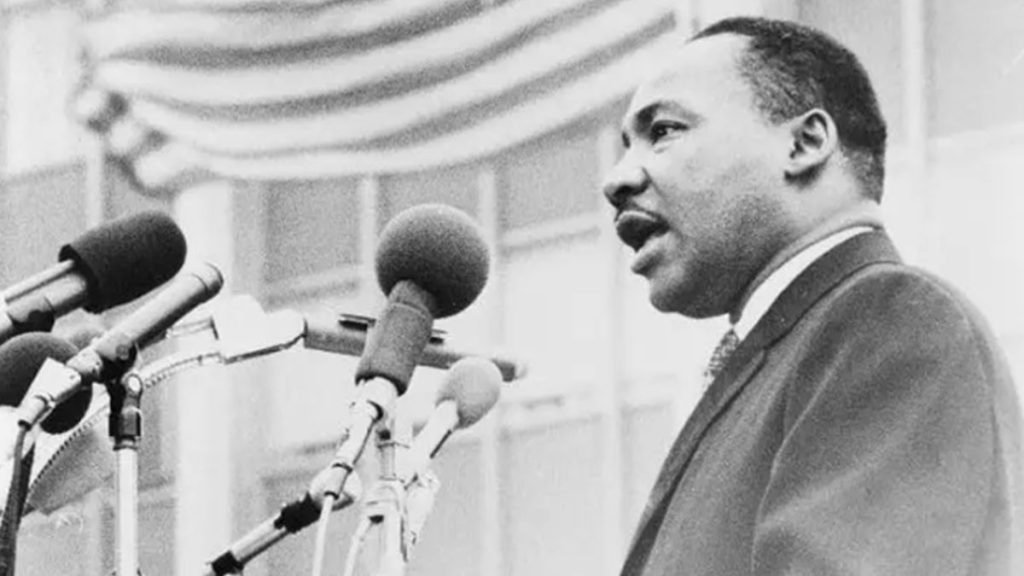
A book inscribed by Rev. Martin Luther King Jr. is part of the collection at the UAB Archives. (Don Rice / World Journal Tribune)
Making the collections available
In addition to the extra display space the Historical Collections Gallery will offer, the library staff will continue to find other ways to make more of the collections available to UAB students, faculty and staff and the public.
The library staff for years has been digitizing some of the rarest, most valuable parts of the collections. Gonnerman notes that UAB Libraries is adding staff and growing its capacity to digitize, having recently created the Department of Digitization and Digital Preservation.
“The libraries are fully committed to digitizing rare and unique historical materials in order to preserve and share them with researchers and scholars across the globe,” the gallery plan says, at a cost of $250,000 for the technology hardware and software.
Anna Kaetz, Digital Strategy & Metadata librarian, says technology can open doors to rarities not on display. UAB uses an easy-to-navigate online platform called Turning the Pages.
“It’s not quite the same as coming up here visiting, but it does allow you to have an interactive element … as if you were flipping through the material,” she says. “So it’s a way to supplement exhibits, displays, things where we can’t put everything out there but we can strategically pinpoint and highlight some of our rarest materials.”
Kaetz expects “massive developments” in virtual and augmented reality that will inspire inventive ways to highlight material in the gallery and the collections. The staff already uses inventive ways to attract the public, particularly students, to material that might be considered boring.
For example, Kaetz mentions working with an undergraduate student trying to recreate mead from one of the oldest surviving English mead recipes in a manuscript in the Reynolds-Finley library. “I may have been the one who volunteers to try the recipe when it’s done,” she jokes.
Another example is a virtual exhibition titled “Monsters, Marvels and Mythical Beasts” that incorporated illustrations from Reynolds-Finley’s rare books.
“We are so eager to just push it out and publicize it and make it available to the public and draw people in,” Gonnerman says. “There’s just so much more that we can do with all of this.”
To learn more about UAB’s Historical Collections, visit here. To make a gift, contact Lisa Pritchett at lrpritch@uab.edu or 205-934-7799.













